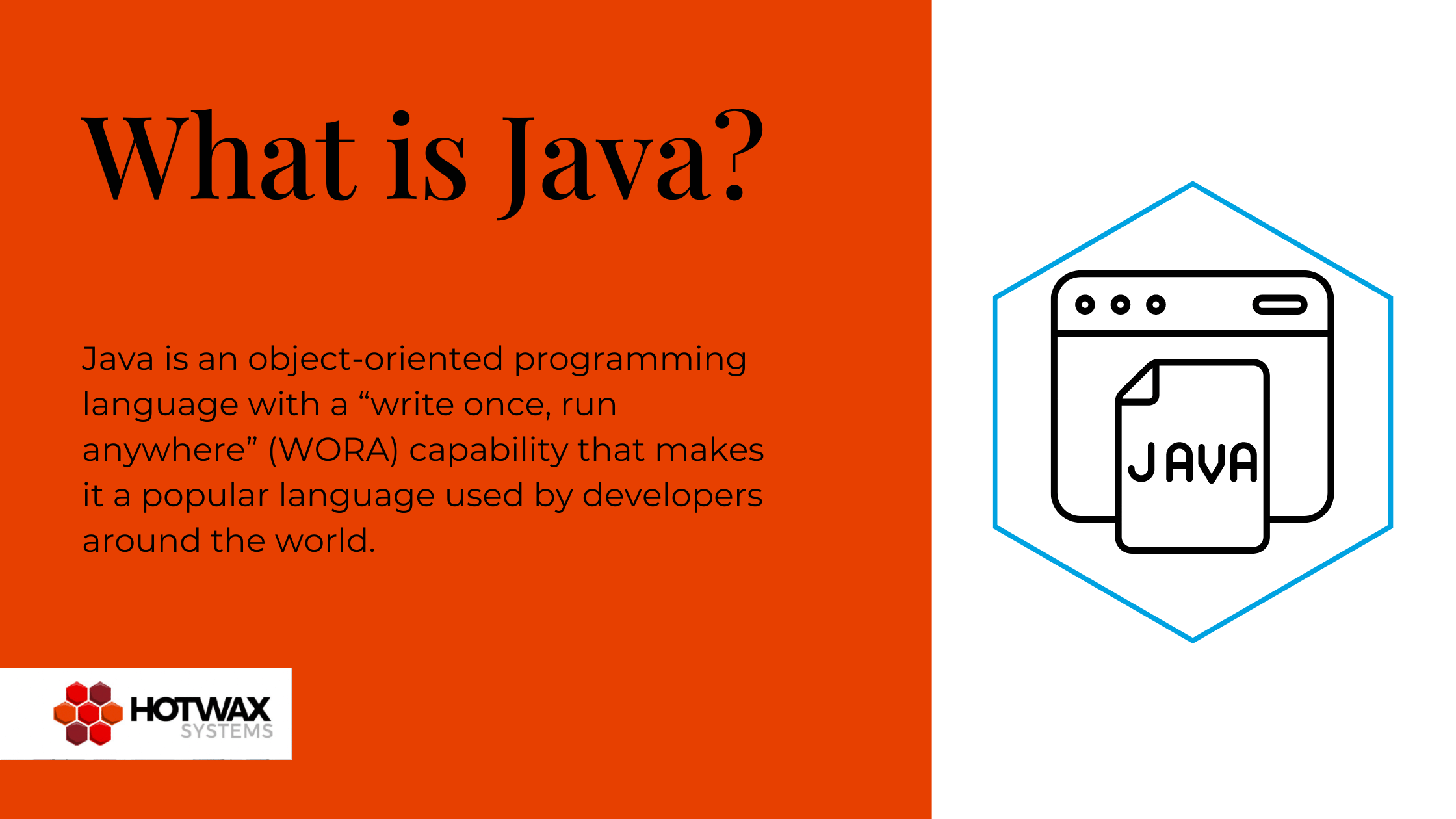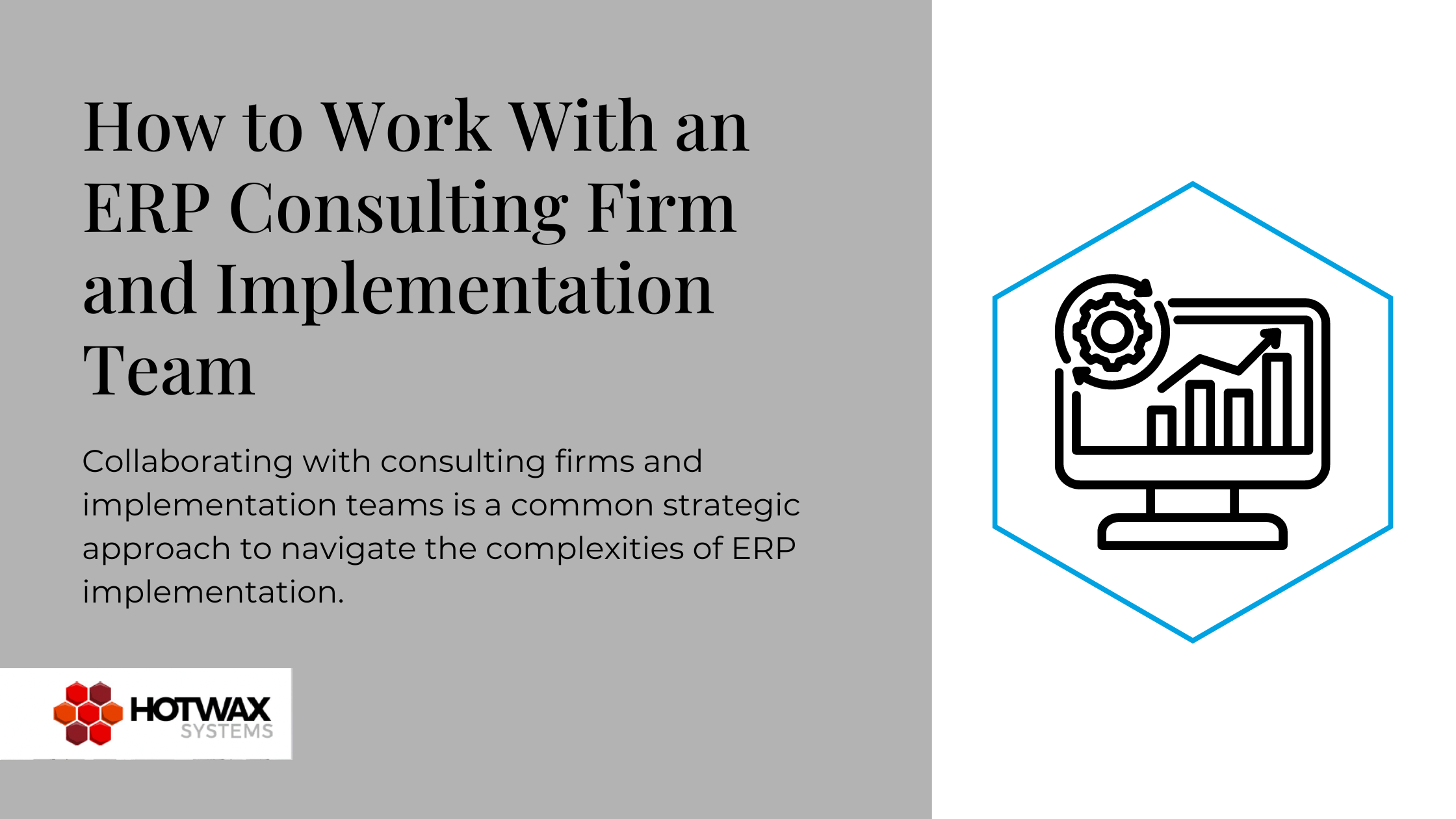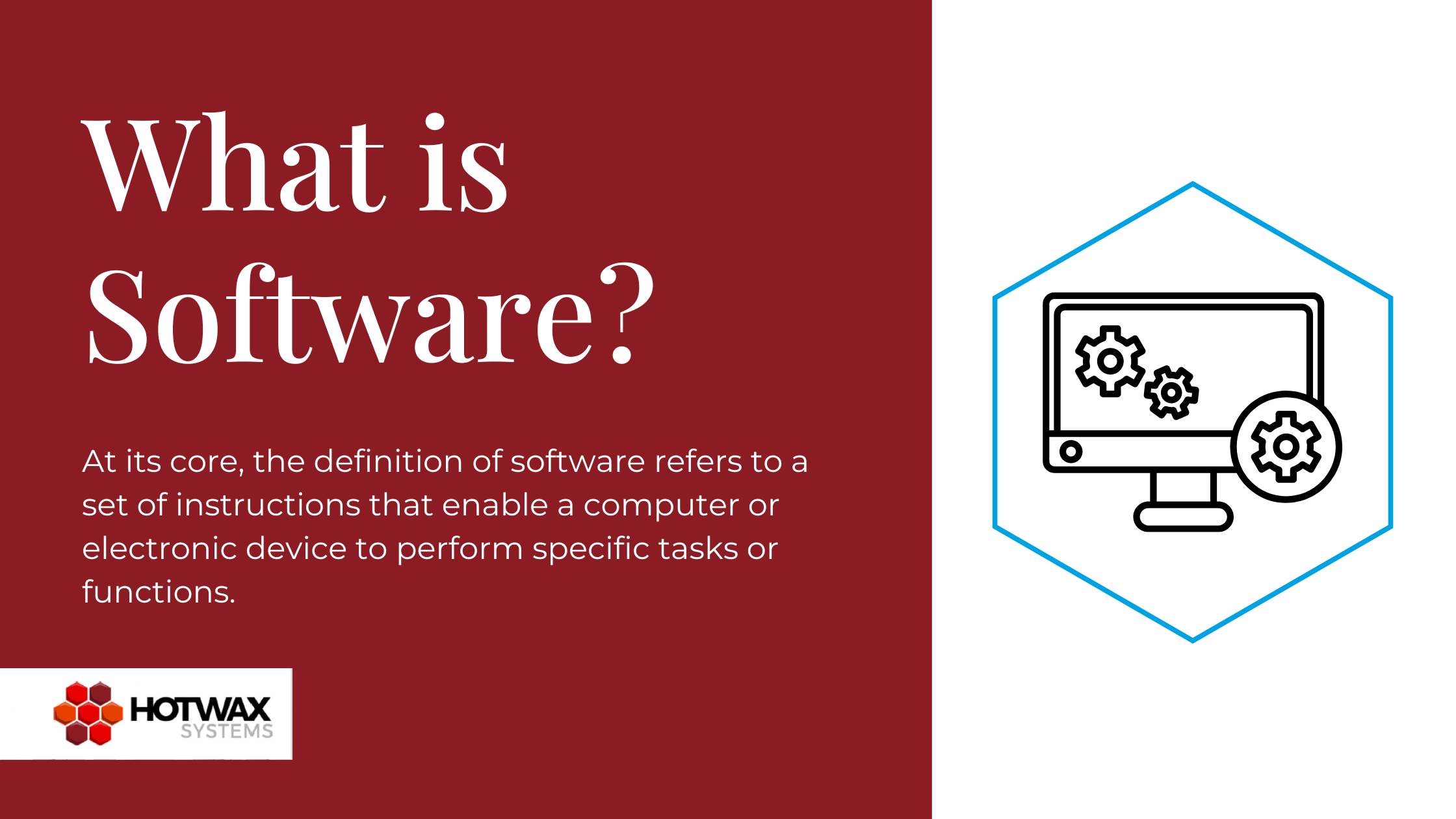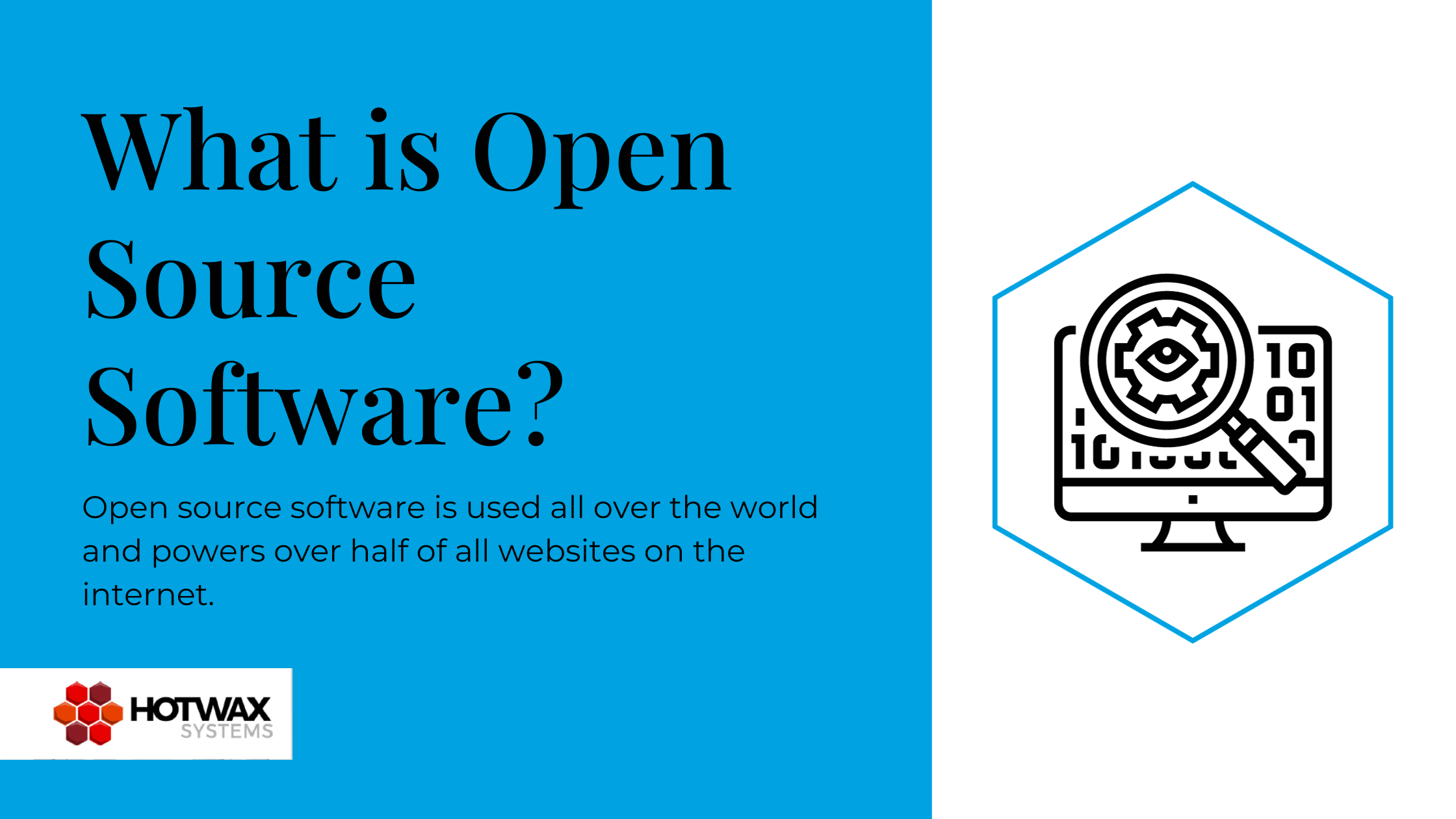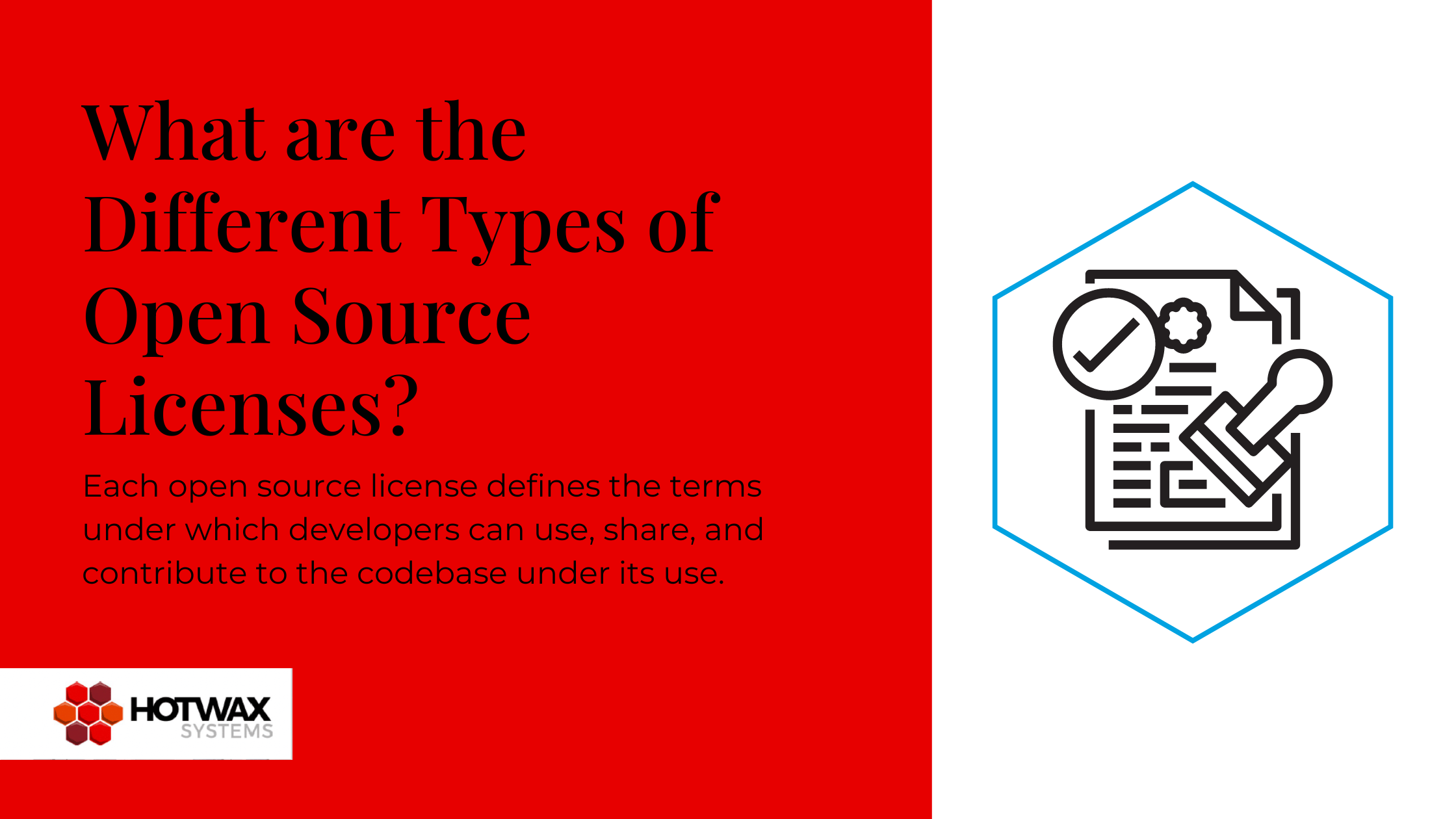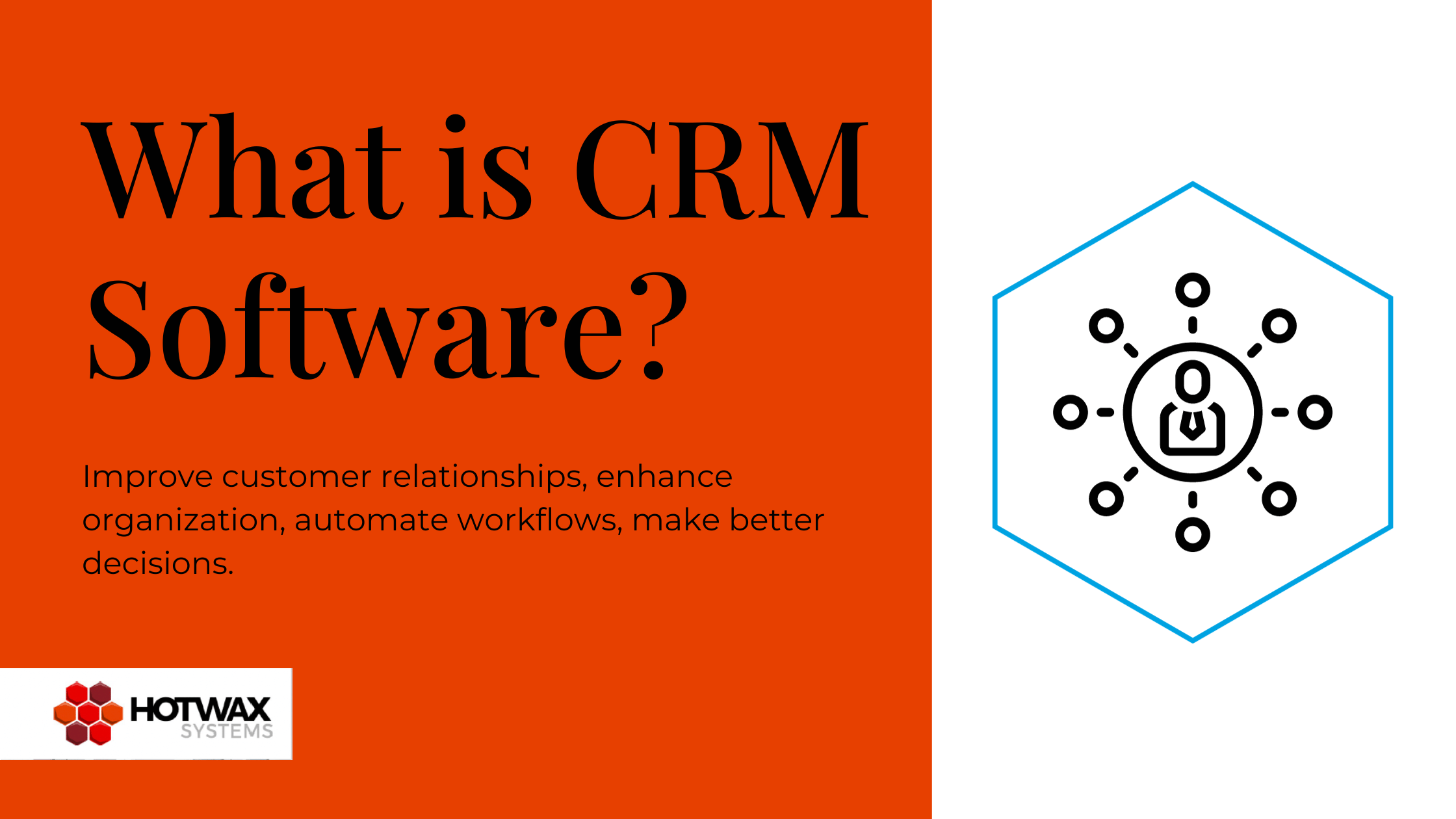Your clock is ticking. It’s been 18 months since Magento made its grand announcement: Magento 1 is dead, long live Magento 2! You’ve been given 3 years of leeway to set your enterprise in order, and choose whether you want to upgrade or move on to a more powerful platform. Plenty of time to make up your mind, you might think. But is it really?
While your competition is gaining an edge with real-time data and insights from clients, personalizing their offers and fine-tuning their margins, you’re one of the business owners still wallowing in “why’s” and “how-to’s” of Magento 1.x, a full generation of eCommerce technology behind the leaders in your space. Magento has moved on, and it’s time for you to do the same.
You’re at a crossroads, and it’s not an easy decision to make: Where to go next? Who to trust with your business? And is there any way to get more out of your technology for the cost of your upgrade? These are important questions that our quick Magento Assessment could help answer, but feel free to request a commerce technology audit if your IT architecture has a unique setup.
Do you decide to stick with Magento, take the financial hit, and upgrade to Magento 2 EE? Or, do you use this as an opportunity to move to a fully Unified Commerce platform, tailored to your particular needs, for less than the cost of an upgrade? Regardless, here are some things you should consider:
1. If you don’t upgrade from Magento 1.x, you will suffer the consequences.
“For Magento there is no going back,” wrote Magento Solution Partner Inchoo — and they’re perfectly right about that. The list of Magento 2 improvements is long, and it includes a more modern admin interface, user-friendly UI/UX, easy product uploads, secure payments, and responsive design. Hold on?… Wait a minute…
If these are some of the main improvements, how have you been able to provide a decent customer experience up to this point? How much have you paid in opportunity costs? And how are you expecting your business to continue surviving without these fundamental features?
As the same partners put it, the inevitable Magento migration of 2018 fits a bit too well with the famous lyrics of the Clash: “If I go there will be trouble… and if I stay it will be double.”
Staying with the platform past November 2018 means that your enterprise accepts the risks of:
- Unsupported Magento 1.x extensions. With no incentive to maintain support for a dying platform, development companies will sunset their older extensions, leaving you susceptible to external security threats.
- Security support stops. You will have to maintain your own code base in house or with external programming support, so get ready for a full-time staff working to keep those hackers away.
- Increased maintenance costs. Managing your own server, CDN, and website will be added to your web development team’s list of responsibilities to keep the boat safely afloat. Your monthly expenses will most likely sky-rocket!
- Losing PCI compliance. The last (and most important thing) that you’ll need to secure on your own is level 3 PCI compliance, especially if you’re processing over 20,000 eCommerce transactions per year. Security issues that were previously covered by Magento security patches will now require constant development. Say goodbye to that R&D budget, you’ll need it all just to keep credit card data safe.
And there’s more…
2. Whether you upgrade or migrate, it will cost you time and money.
Judging by Inchoo’s offer to help existing Magento 1.x clients, leveling up involves just as much time and money as migrating to a completely different type of platform. Needles to say, there are multiple reasons why you will most likely end up having to hire a development firm to handle this “upgrade”:
- Your existing store will not be transferred: “theme and code customizations (which includes 3rd party extensions) will not be transferable, meaning they would need to be redone on Magento 2.” Their words, not ours: “extra investments would need to be made in the visual and functional revamp.”
- Your old store will need help to perform: “If you’re on an older version of the software or even on a newer version but having serious performance issues, and on top of that you have a number of 3rd party extensions installed (as many as 50+ extensions in their experience), now would be a great time to plan for a revamp.” Serious performance issues?! With 50+ third-party extensions climbing over each other in your eCommerce Frankensystem, I would only expect conflicting data and “serious performance issues.”
- Your business will go back to the drawing board sooner or later: Sticking with Magento 1.x “can give you some new ideas and make you re-think your business as a whole,” but “if you need to do something serious to significantly improve your store’s performance, you should definitely plan the new investments to be done on Magento 2.”
It can’t be helped, unfortunately: whatever you decide to do starting December 2018, it’s going to cost a chunk of change.
However…
3. You could own a fully Unified Commerce Platform for the cost of your Magento store.
The modernizations and improvements to those performance issues we keep reading about come at a cost. At the enterprise level, upgrading Magento EE to Magento 2 EE will cost around $22,000 / year in licensing fees alone even for tiny organizations with a gross merchandise volume of under $1M/year, and increase up to $75,000 / year for those ranging $10M-$25M, for example. Add professional upkeep and maintenance at $100-$250/hour, extensions that may or may not clash, and all of a sudden you have a massive list of hidden costs that you weren’t even imagining were an issue.
That is all on top of your investment so far in implementation (averaging at “$100,000-$250,000 for Magento EE.”), and customization (remember when we said above that you’ll have to leave existing customizations and extensions behind? Poof! They’re gone!).
The costs of a Magento Enterprise platform obviously varies based on the scale of the project and level of tailoring, custom apps and extensions, and so on. For companies that have that kind of budget, and are emotionally attached to Magento, upgrading might work just fine.
For those who feel like they’ve outgrown Magento’s eCommerce complexities, upgrade or not, and wish to finally implement a single system that can run, track, and offer insight into their business, a Unified Commerce platform like that of SAP Hybris Commerce or Apache OFBiz Accelerator is the answer.
While SAP does not come cheap, Apache OFBiz Accelerator is competitive enough to offer the same level of functionality and customization as an SAP-level project for the price of your Magento 2 EE platform upgrade, and on top of this, Apache OFBiz Accelerator provides you with an unlimited perpetual licence and access to your system’s source code. As I explained in a previous article comparing Magento Enterprise with Apache OFBiz Accelerator and SAP Hybris:
“One of the highlights of Apache OFBiz Accelerator is its Perpetual License option. Sounding like an oxymoron, this style of licensing not only provides usage rights of the software, but allows for control of the source code. This is a huge advantage for some businesses by placing their technology expenditures as a capital expense and actually controlling the software long term vs. leasing the software.”
The bottom line here is that there are options out there: you can stick to your current system, you can upgrade, you can migrate… Whatever option you go for, it will cost money, take time, and require effort. So why not view this as an opportunity to give your company a boost?
Seriously, now’s the time to keep up with technology, enhance your platform in this ever changing world, and ditch Magento.


